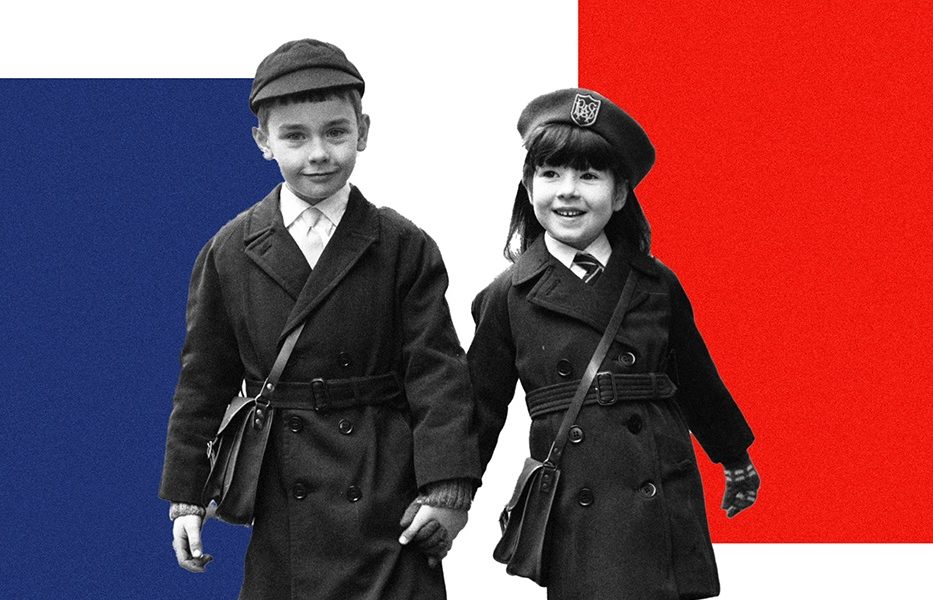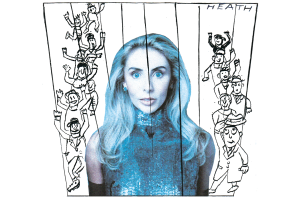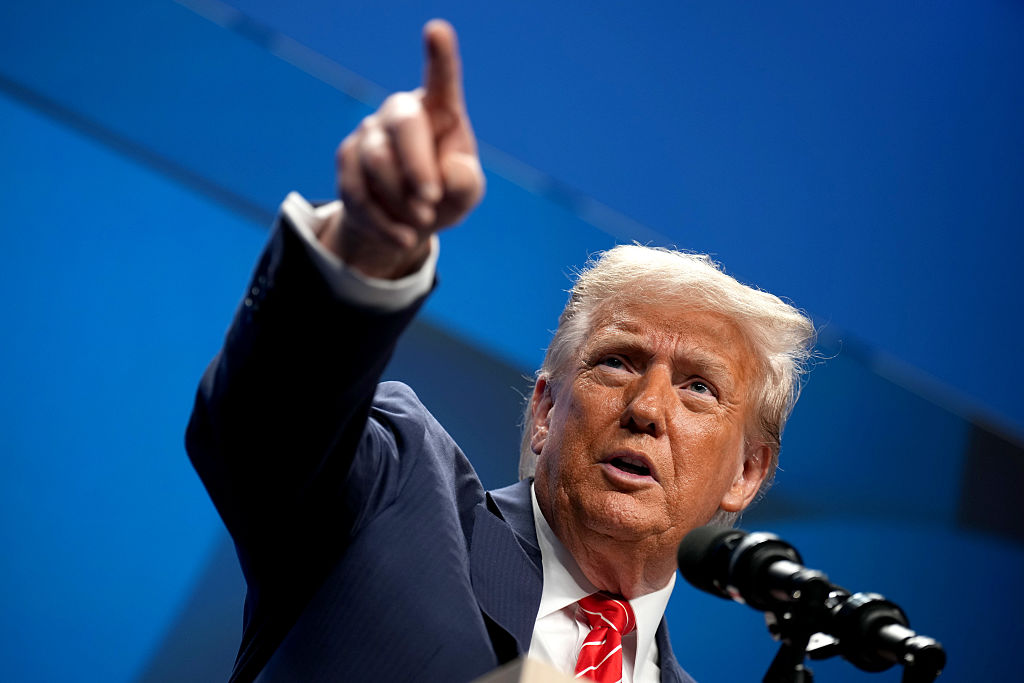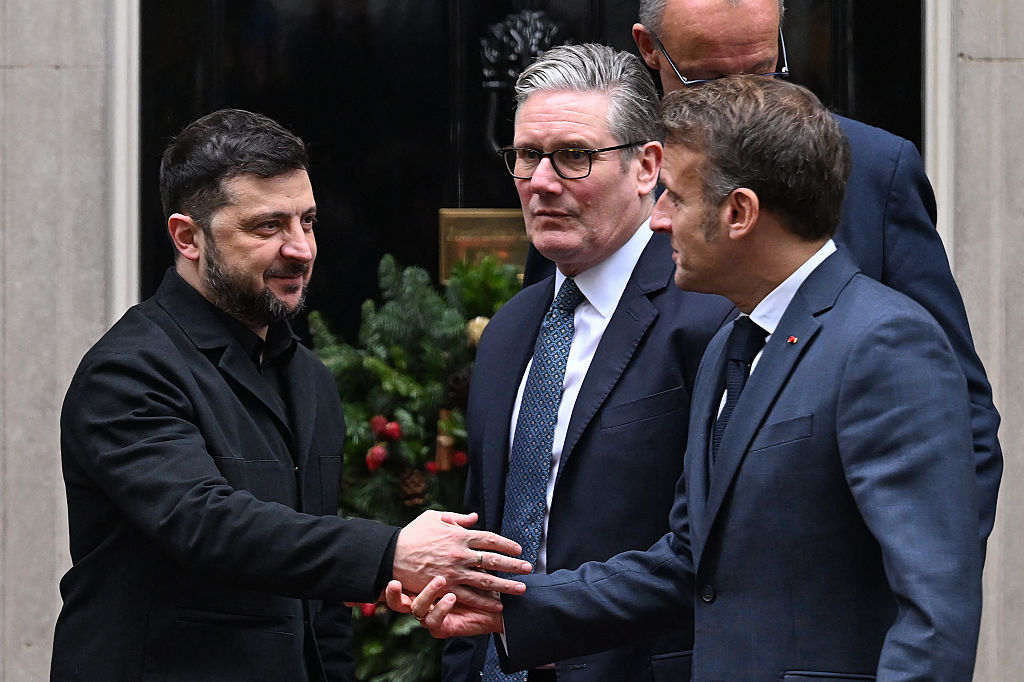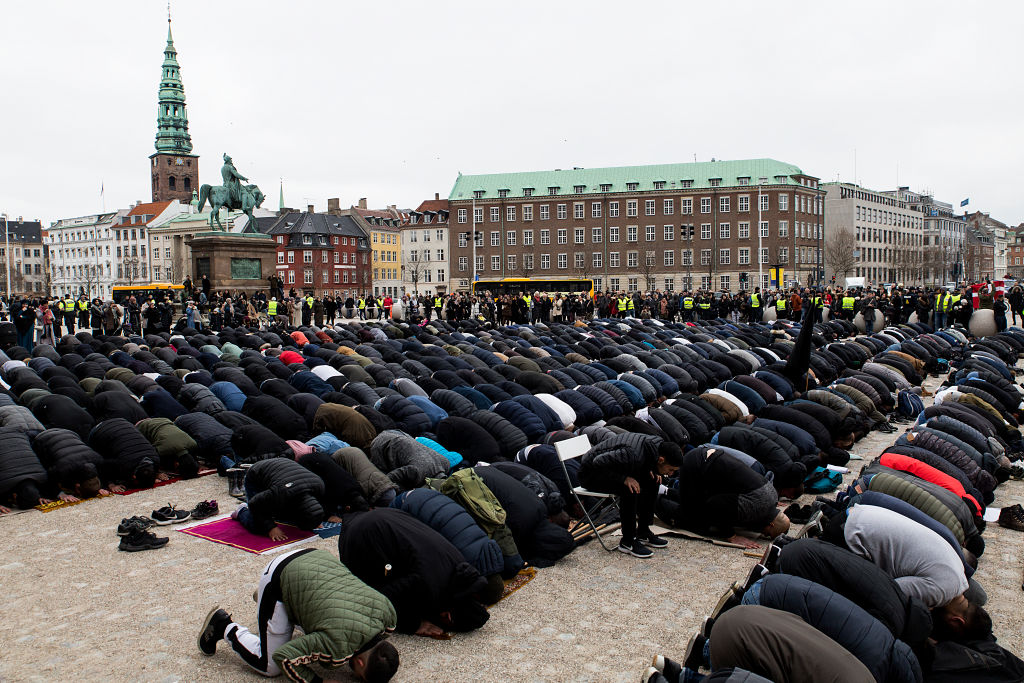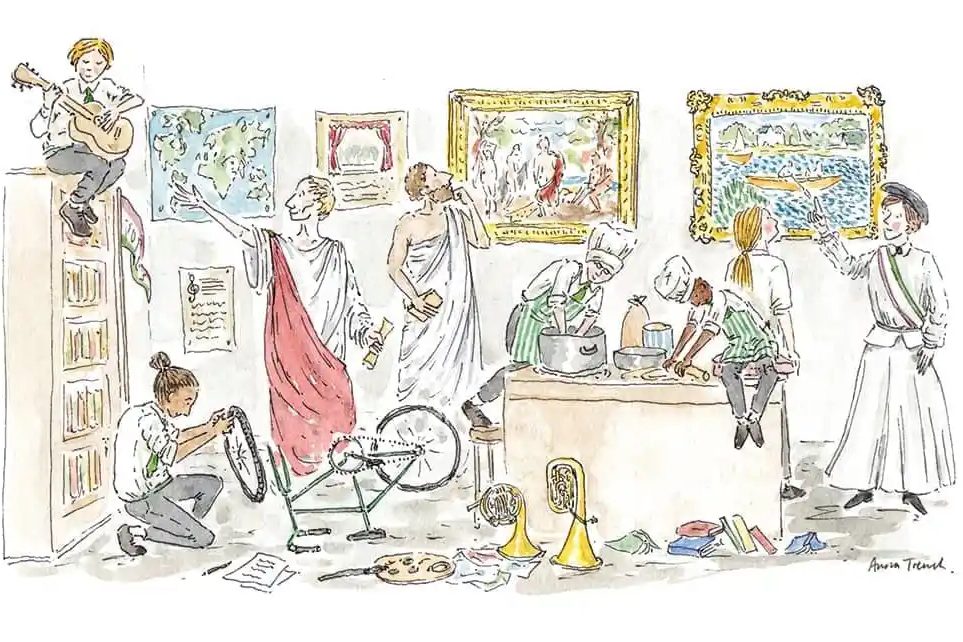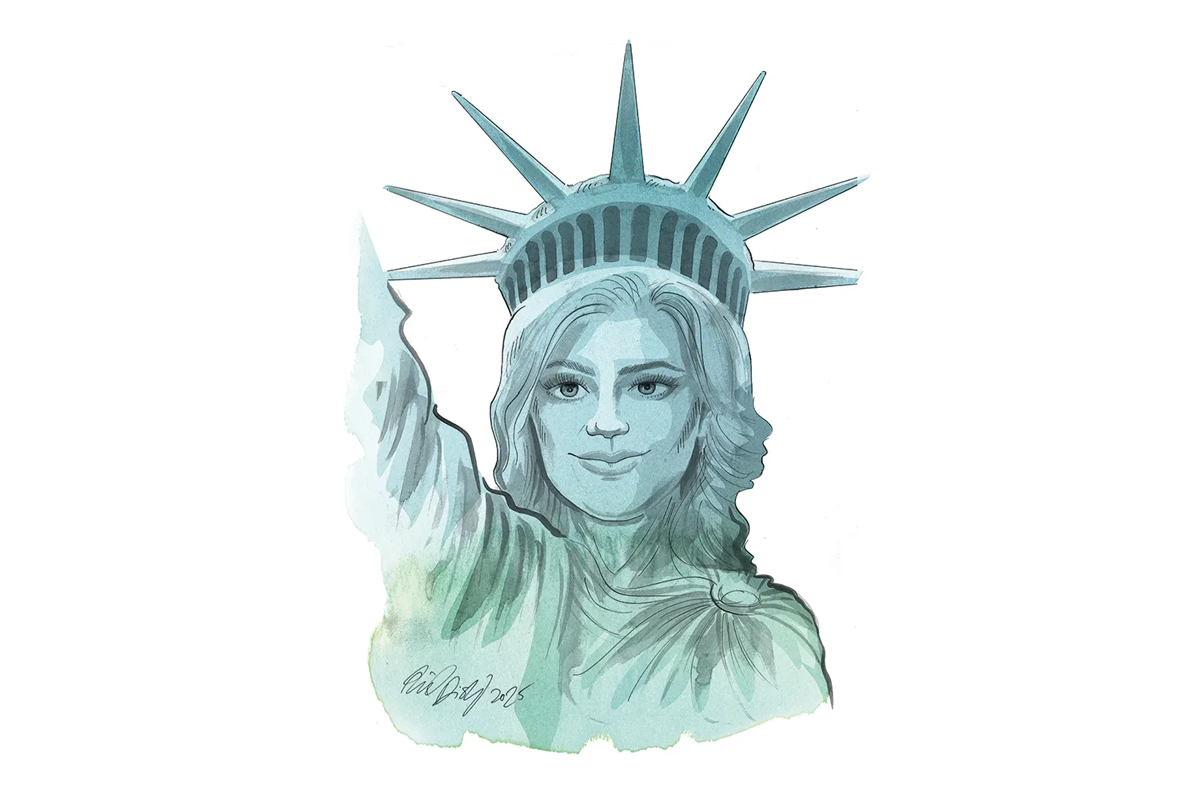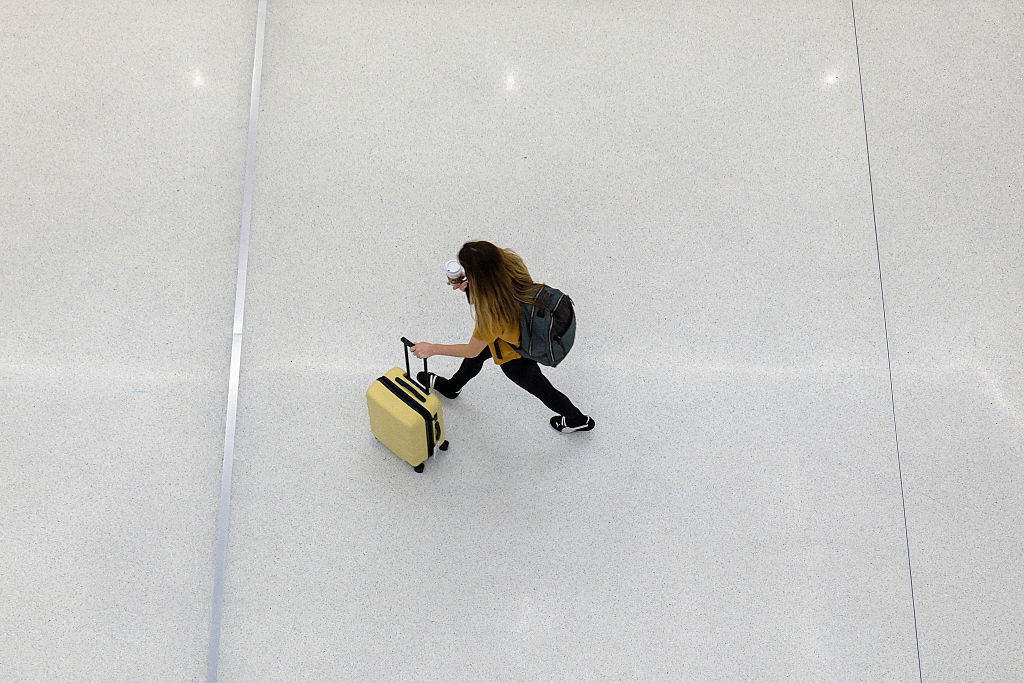Béziers, France
The École Mairan in Béziers in southern France is a happy neighborhood elementary school housed in a superb renovated nineteenth century hôtel particulier. In the middle of the medieval city, surrounded by both great houses and humbler tenements, it is attended by 120 pupils aged six to eleven. There are the children of Algerian and Moroccan immigrants and the children of distinguished Biterrois families, with a sprinkling of Spaniards, Italians, Ukrainians and one American.
Mairan is one of four schools in Béziers, and 100 in France, where this autumn children have started wearing school uniforms. So I went to Béziers to have a look.
‘The children love their uniforms. Some practically sleep in them’
The pilot scheme, mandated by one-time Macron protégé Gabriel Attal when he was education minister (he was subsequently briefly prime minister), has the loftiest of objectives. The intention is to discover how uniforms might reduce bullying and inequality, reinforce discipline, promote a focus on education and also to see how this might reinforce secularism more broadly against challenges such as the growing influence of Islam in schools. Attal’s initiative was strongly supported by Brigitte Macron, herself a former teacher, and will continue for two years.
In the name of secularism, Islamic and other religious symbols including the abaya and the kippah are banned from state schools in France, but girls are increasingly pressured to adopt Islamic dress out of school. A uniform is the riposte, an alternative identity.
It’s too early to know how the national experiment is going but in Béziers, tenue scolaire obligatoire has already cultivated a “sense of belonging and purpose” at the École Mairan, says headteacher Pierre Jean as he shows me around. The children rise to their feet when a visitor enters the classroom.
Teachers and the city council engaged in lengthy consultations with parents, resulting in 80 percent support for the project. And it has evidently delighted students. In addition to the compulsory white shirt and dark skirt or shorts, each Mairan pupil wears a dark blazer with the school crest on the breast pocket. “We looked with the parents at uniforms in Britain and Japan and in the end it was the blazer and the English look that everybody liked,” says director Jean. The school already has a reinforced English-language program so it wasn’t a big step to go full British with the uniforms. “And the children love them,” adds Jean. “Some practically sleep in them.”
The introduction of uniforms has revealed big and predictable divisions. Marine Le Pen’s party has enthusiastically endorsed the initiative, calling it “a first step toward a return of authority in schools.” The left sees it as a distraction from underfunding and inequality, but a lack of money doesn’t really explain the collapse of discipline across French education. Money has been poured in for decades.
Emboldened Islam is a significant problem in French schools, particularly the suburban polyvalent (comprehensive) high schools. The ideal of the Islamic reformation seems to have retreated; instead the reactionary demands of this community are intruding into schools, and teaching has become fraught. Two teachers have been murdered since 2020 including Samuel Paty, decapitated by an eighteen-year-old Islamist after showing his class cartoons of the prophet Mohammed. In October last year in Arras, French teacher Dominique Bernard was murdered and three others wounded in an Islamist attack.
“Fifty percent of teachers self-censor. Islamism has penetrated the school,” says Didier Lemaire, a writer and former philosophy teacher. “Samuel Paty is not only dead of Islamism but more generally of a lack of response from the public authorities to the Islamist offensive. He died of being abandoned by the institution.”
It’s not just the teachers who are abandoned. Pupils are too. I have heard horror stories from teachers of a refusal to enforce discipline because it is too risky and of police entering schools to arrest students. The once respected Baccalaureate high-school diploma has been degraded with pass rates above 90 percent. Not every lycée is terrible. Some are pretty good and a few are excellent. But the schools serving the communities most in need are the worst.
It would be convenient for the rest of Europe to imagine that the progressive blob turning a blind eye to Islamism in state schools is a particularly French problem. But look at the situation in the UK. The new government in Britain is unlikely to take the side of those struggling to reimpose discipline and a sense of belonging in schools. The Labour Party actually has a manifesto pledge to “bring down the cost of school by limiting the number of branded items of uniform and PE kit that schools can require.” British prime minister Keir Starmer also intends to deem as Islamophobic any criticism of reactionary views being preached in schools.
The Scottish government wants to actively ban blazers for supposedly being symbols of inequality. In Brent, Katharine Birbalsingh’s successful Michaela Academy, with its smart uniform and gold-trimmed blazers, is criticized for being authoritarian.
The Nobel laureate Malala Yousafzai, the Pakistani activist for the education of girls and a survivor of an Islamist assassination attempt, last week demonstrated outside the United Nations in New York, calling on leaders to listen to girls and prioritize their demands. Girls are asking — and deserve — more from world leaders, she said. They deserve most of all to be protected from the suffocating repression of fundamental Islam.
To be realistic, these experiments in France are unlikely to be much more than symbolic at the moment. A few thousand kids in school uniforms are not suddenly going to cure the multiple problems in the seething lycées in the sensitive quarters. But symbols can have their own significance. They are a pushback against educational progressivism and defeatism, and not just in France.
This article was originally published in The Spectator’s UK magazine. Subscribe to the World edition here.



